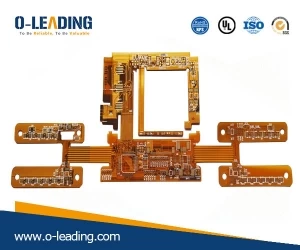What are the hazards of taking a pcb board with one hand?

In the process of assembly and soldering of circuit board pcb, smt chip processing manufacturers have many employees or customers involved in the operation, such as plug-in component insertion, ICT test, pcb sub-board, manual soldering to pcb board operation, Install screws, install rivets, manually press in crimp connectors, PCBA flow, and more. In this series of operations, the most common one is to take the board single, which is one of the most important factors that cause the failure of BGA and chip capacitors.
So what are the hazards of using a pcb board with one hand?
(1) Take a pcb board with one hand, which is generally allowed for small, lightweight, BGA-free, chipless boards; but for those large-size, heavy-weight, BGA, chip capacitors on the side Board should definitely be avoided. Because such behavior is easy to cause BGA, chip capacity and even chip resistance solder joint failure. Therefore, in the process documentation, you should indicate how to get the board requirements. (SMD stencil manufacturer china )
The easiest part to take a pcb board with one hand is the circuit board process. No matter whether you take the board or the board from the belt line, most people will unconsciously adopt the one-handed board method, because this is the most convenient. When soldering by hand, attaching heat sinks, and installing screws. Since it is necessary to complete an operation, it is natural to take the board to handle other work items in one hand. These seemingly normal operations often hide a lot of quality risks.

(2) Mounting screws, in many smt patch processing plants, in order to save costs, tooling was omitted. When the screws are mounted on the PCBA, the components on the back of the PCBA are often deformed by the unevenness of the PCBA, and it is easy to crack the stress-sensitive solder joints.
(3) Inserting through-hole components
Through-hole components, especially transformers with relatively thick leads, are often difficult to accurately insert into the mounting holes due to the large positional tolerance of the leads. The operator does not think of the method, usually using a rigid press-in operation, which will cause the PCB to bend and deform, which will also cause damage to the surrounding chip capacitors, resistors, and BGA.
































